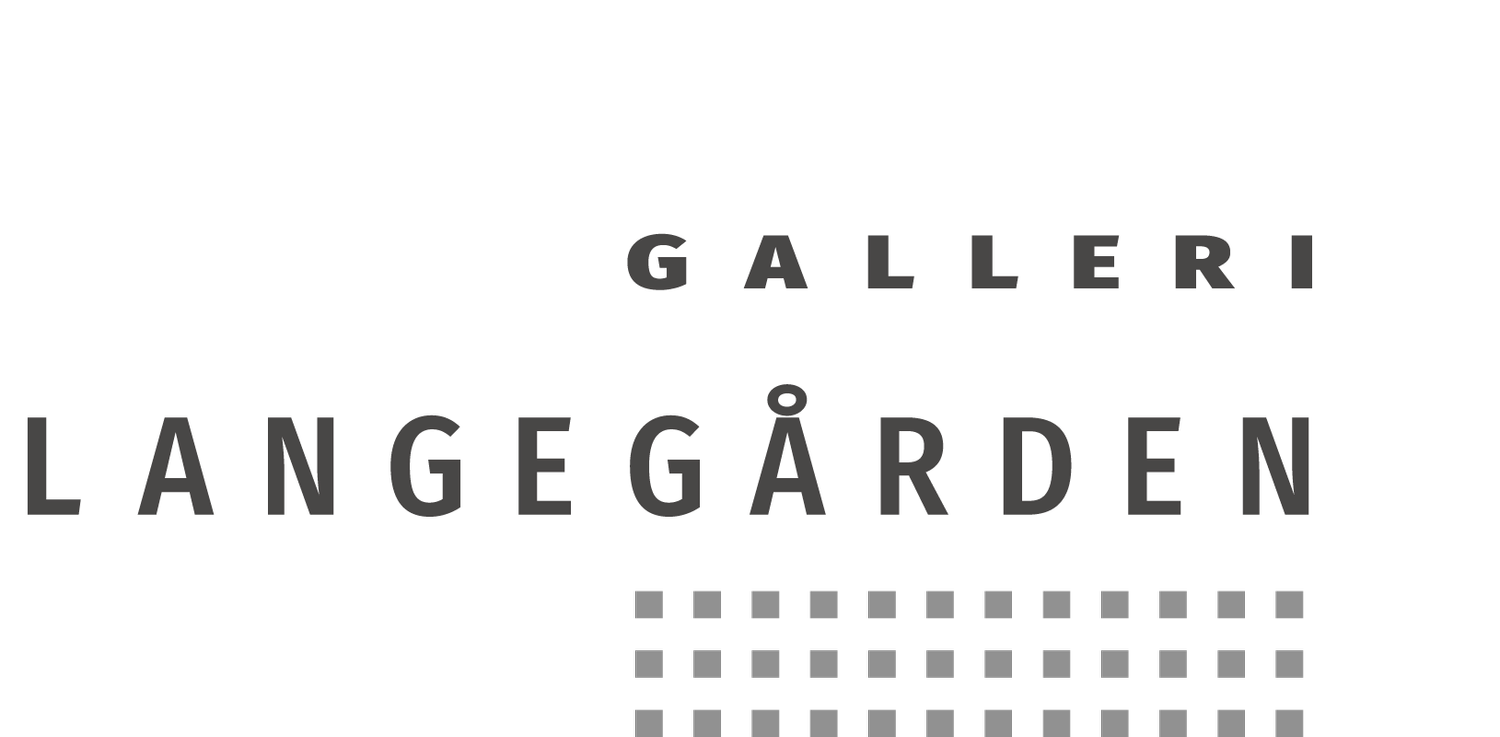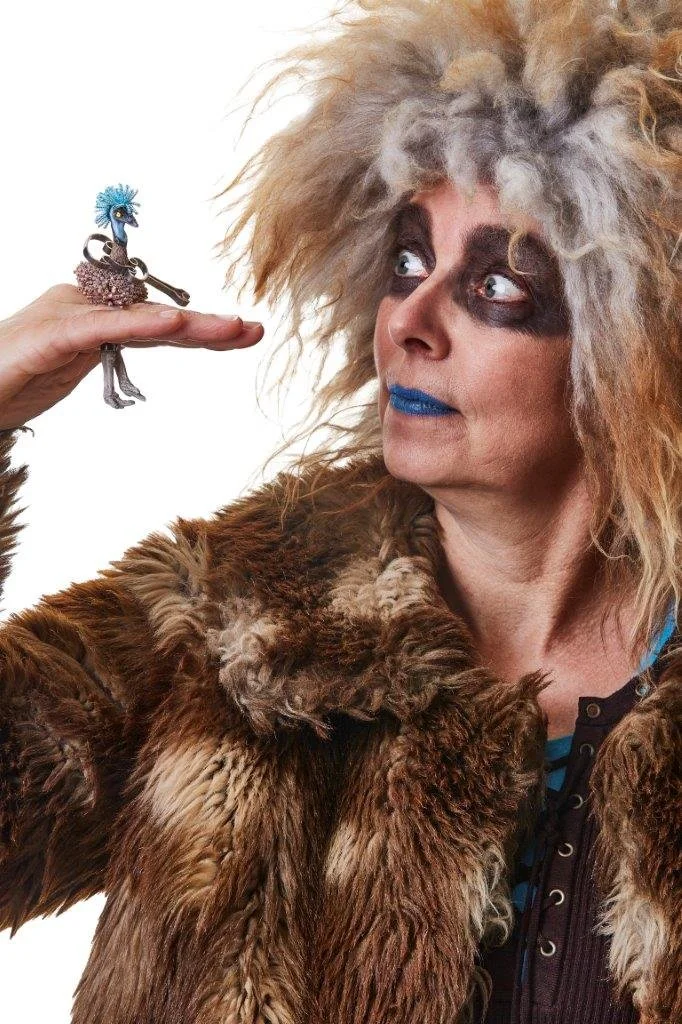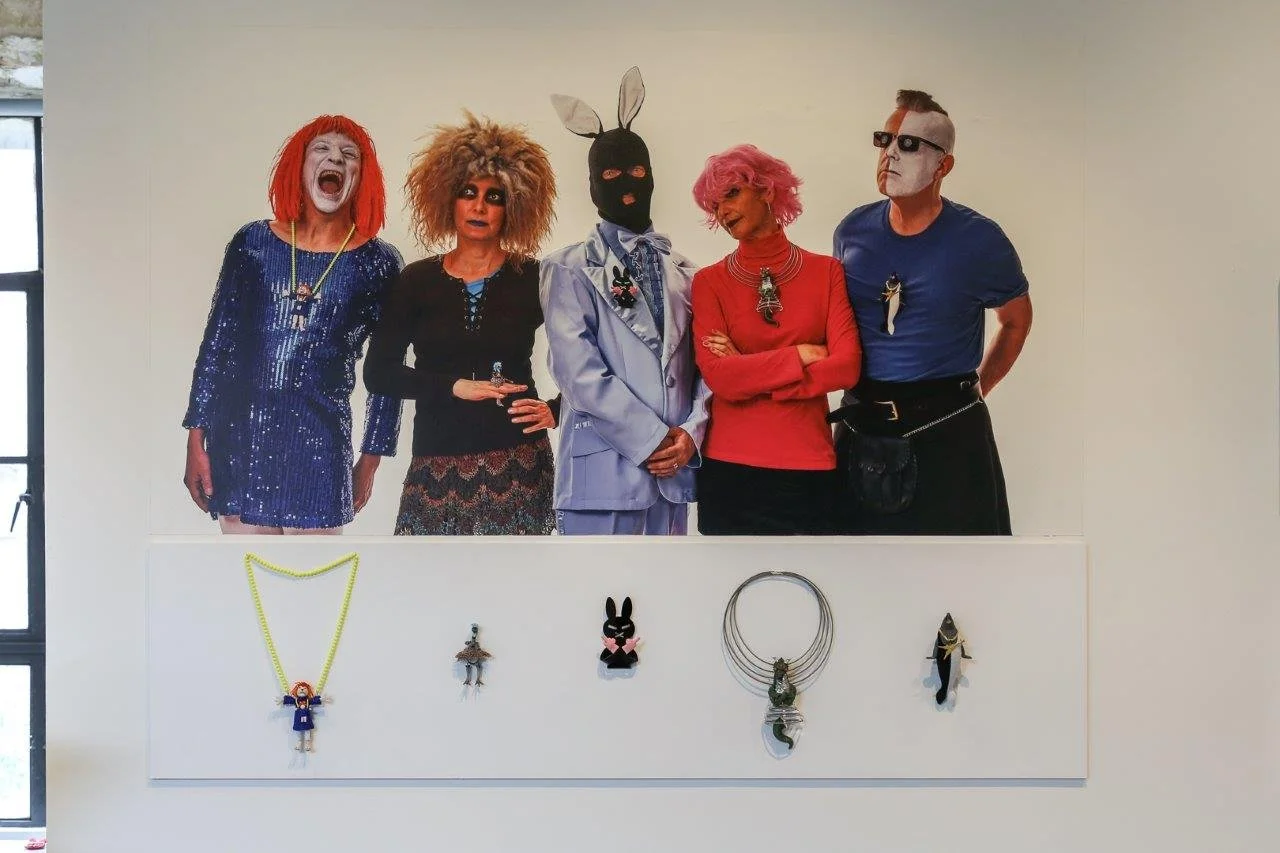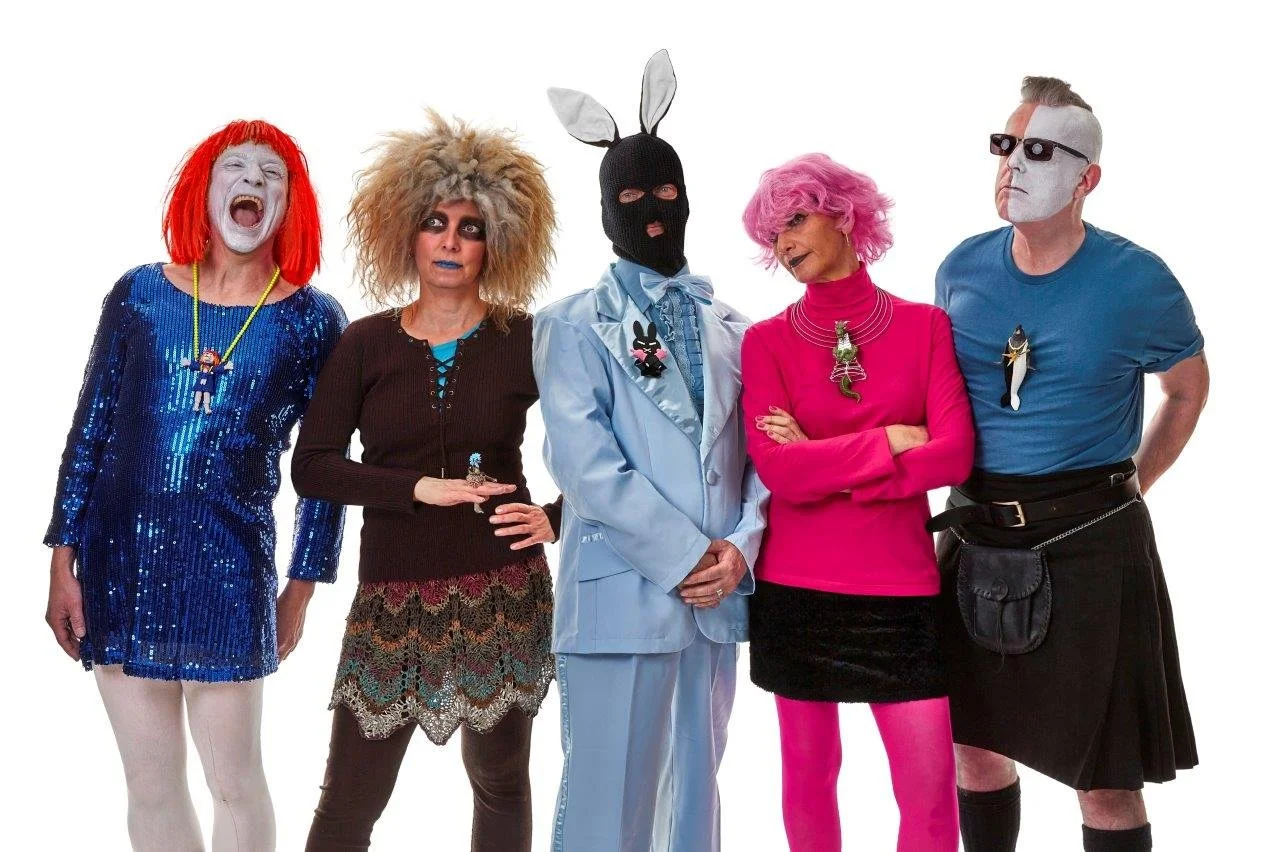30. august - 28. september -25
“MICROVERSES - eller fra punk til steampunk!”
Harry Arling / Felieke van der Leest
-
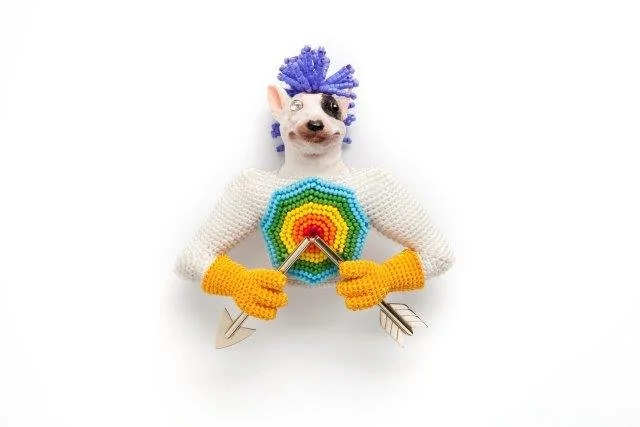
Anti-War Warrior
Felieke van der Leest
-
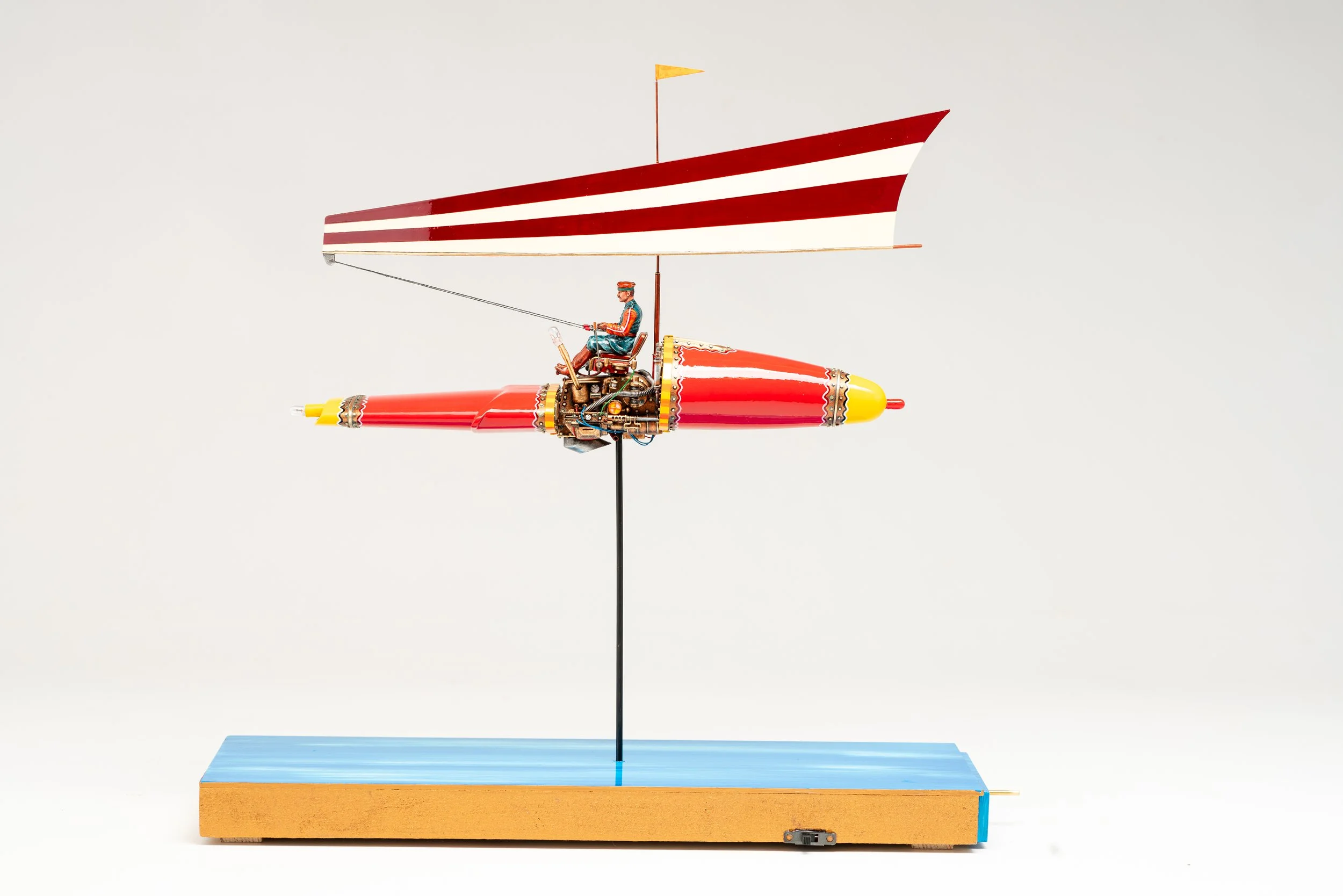
SailSpeeder
Harry Arling
-

Peggy Reggae & The Peggy Reggaes
Felieke van der Leest
-
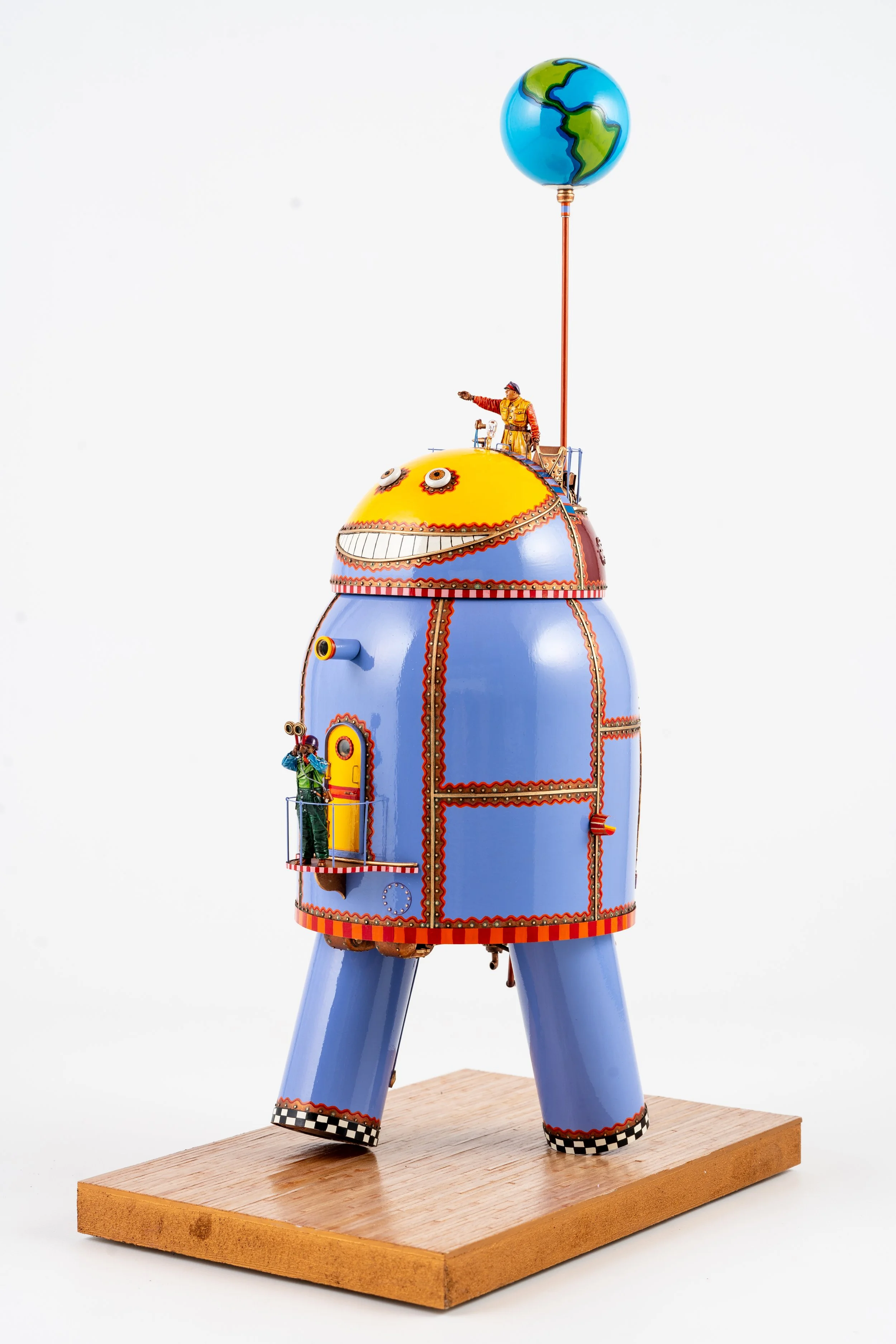
Mother Earth Walker
Harry Arling
-

Scrotum Clamp - Big1
Felieke van der Leest
-
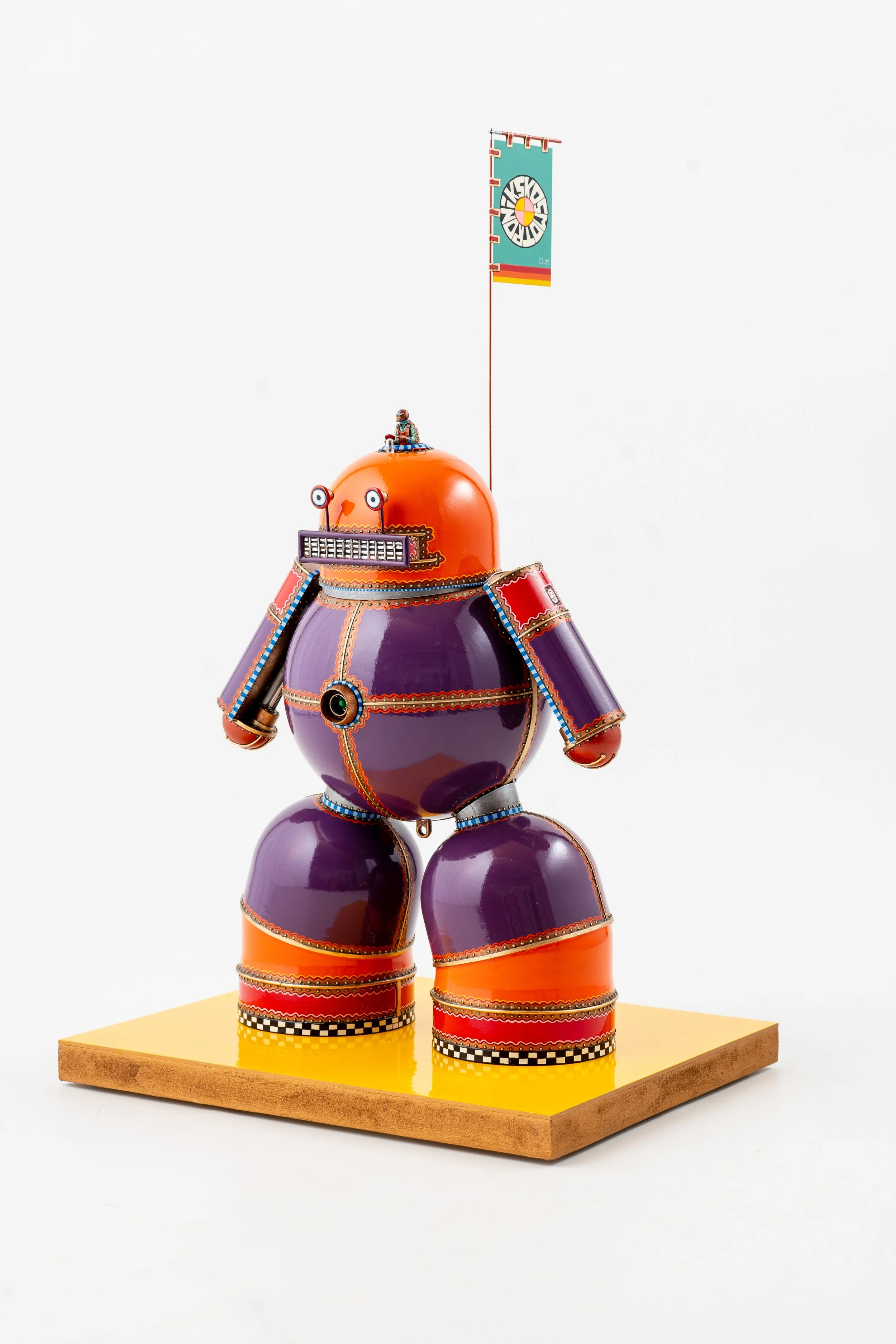
Big Ben Mo Bot
Harry Arling
-
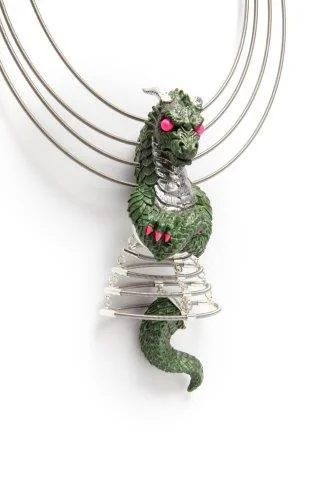
Scrotum Clamp - Witchy
Felieke van der Leest
-
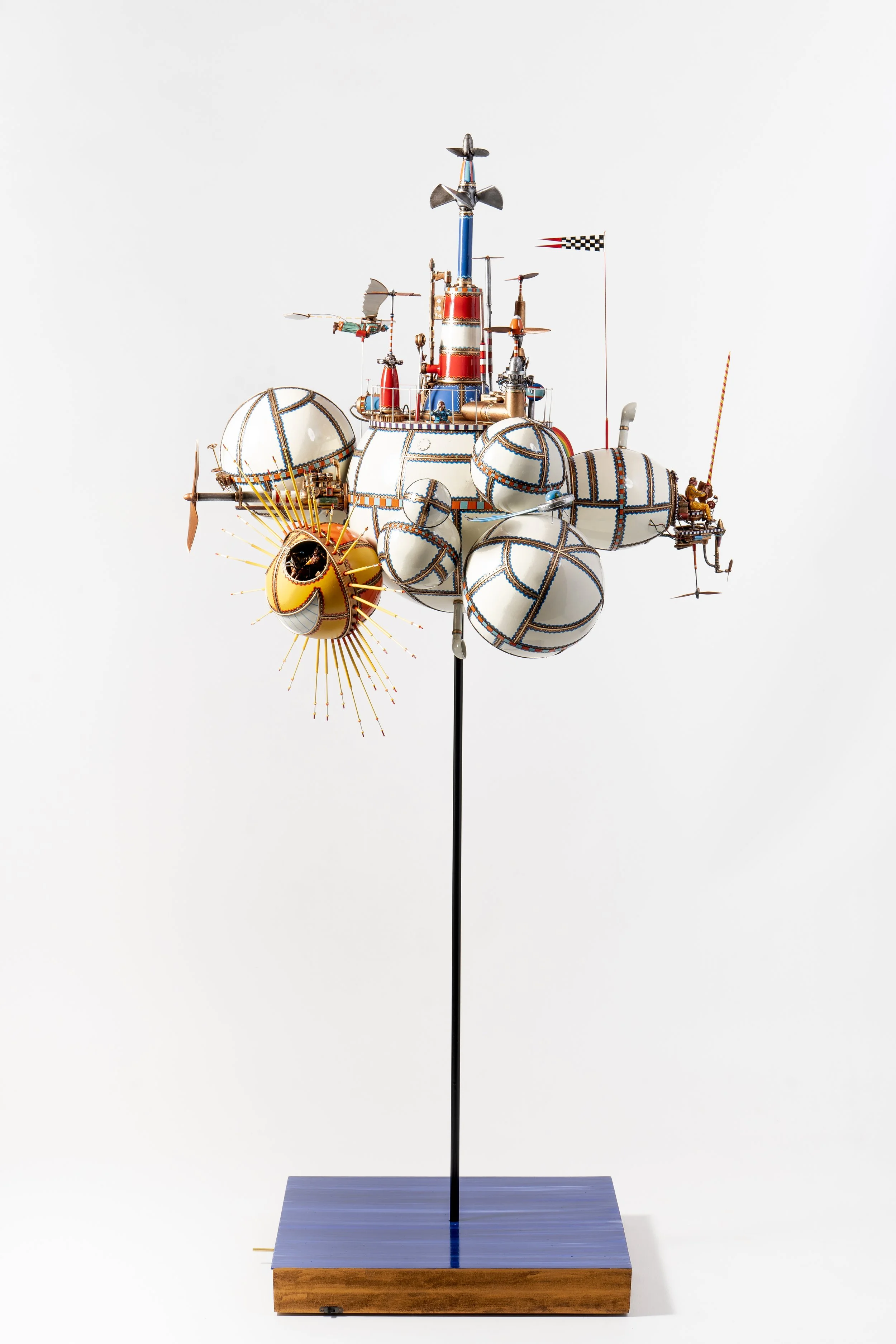
Cloud Knight
Harry Arling
-
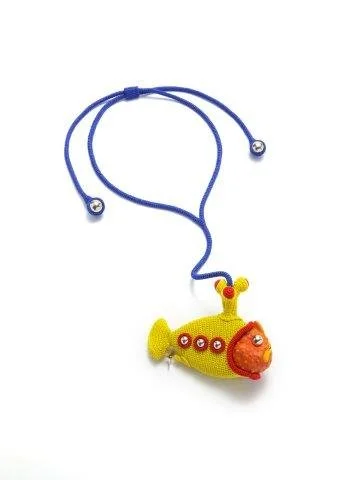
Yellow Sub Gup
Felieke van der Leest
-
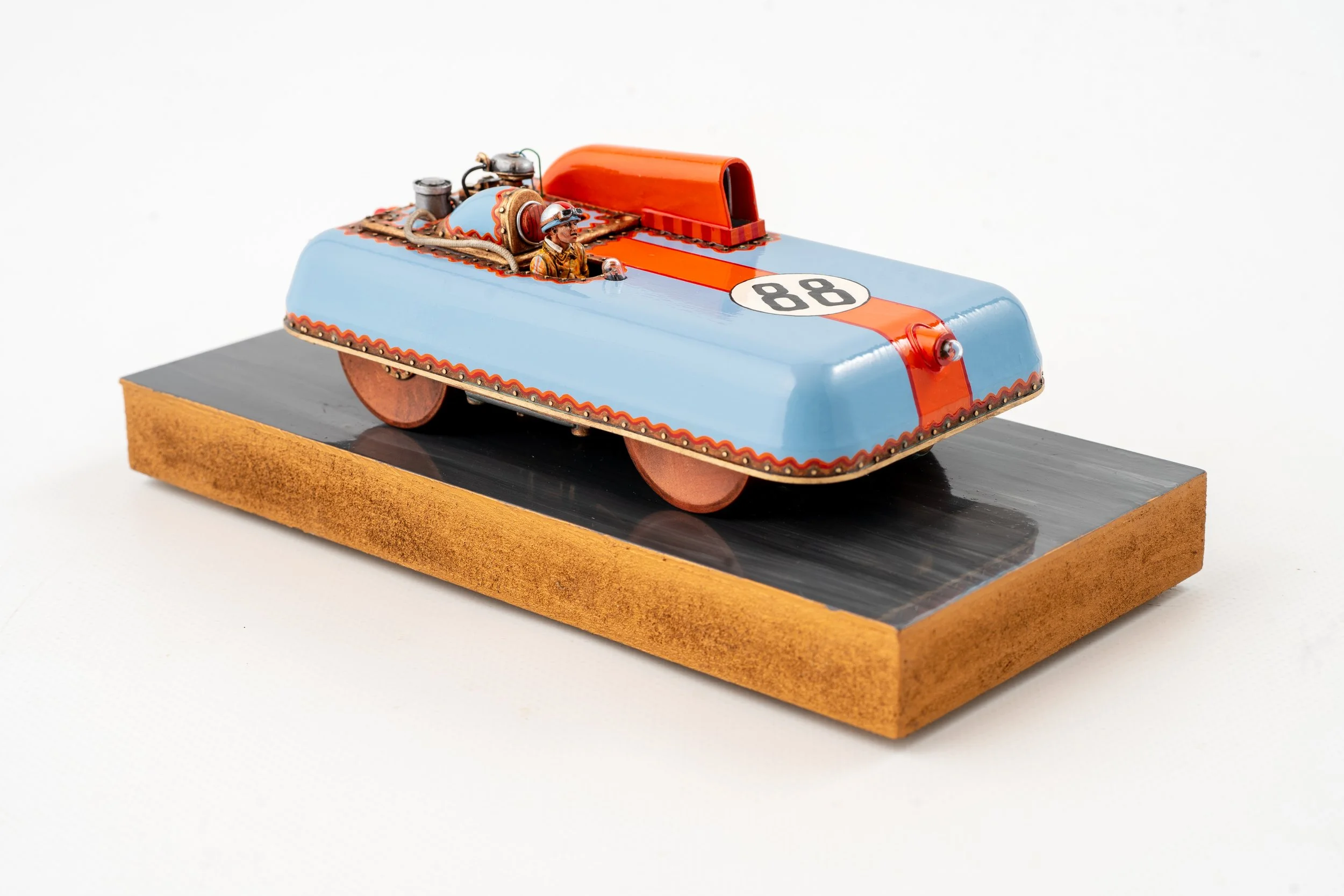
Suhlman Racer
Harry Arling
-
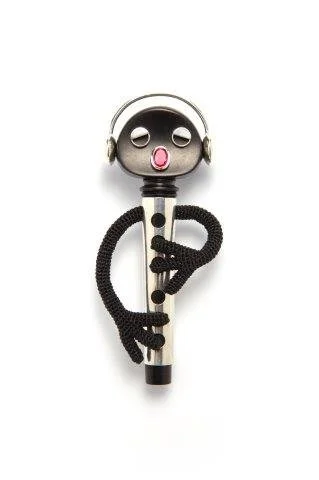
Decibélia
Felieke van der Leest
-
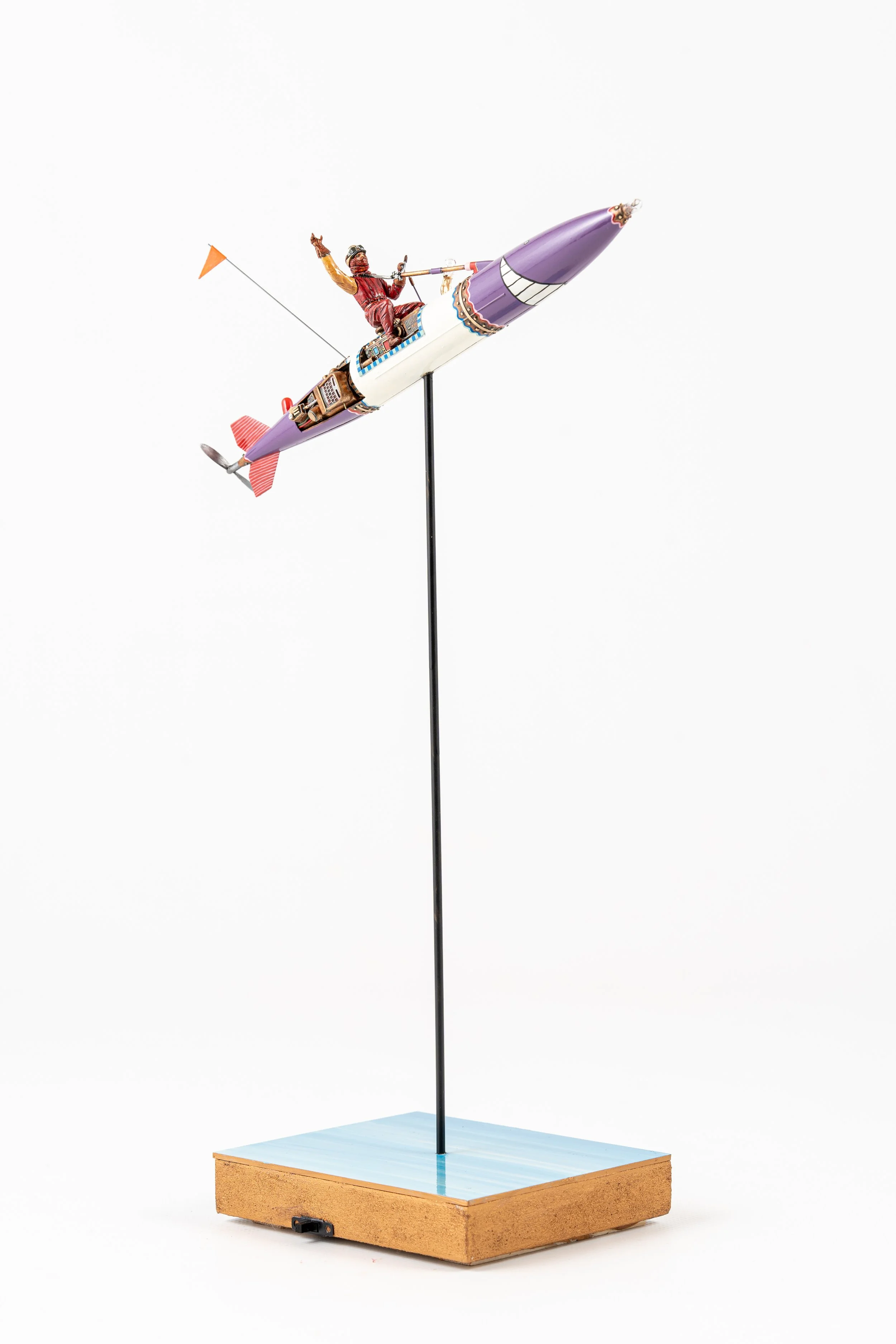
Rocket Bike
Harry Arling
-
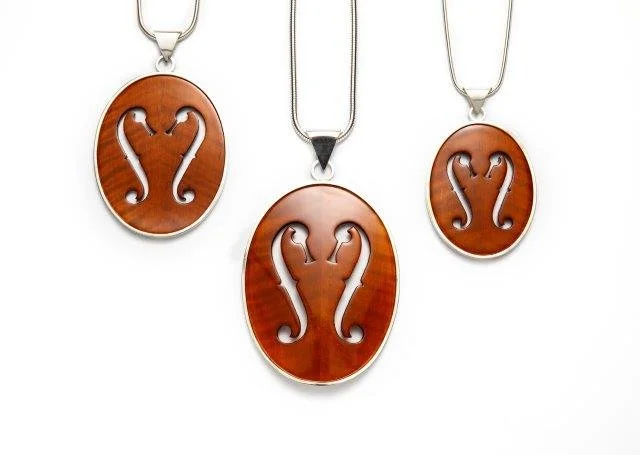
F-hole Seahorses
Felieke van der Leest
-
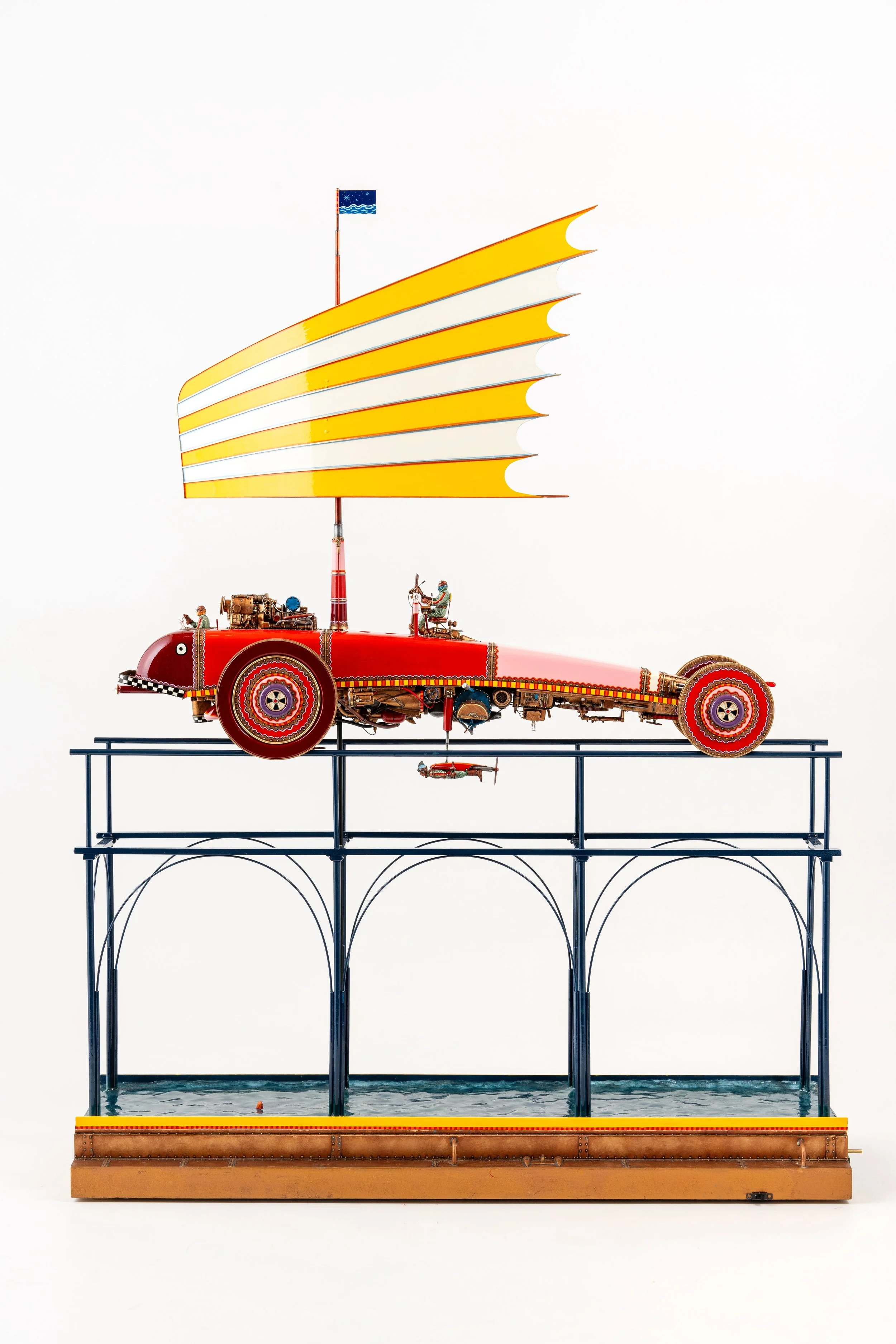
Wheel Sail Railer
Harry Arling
-
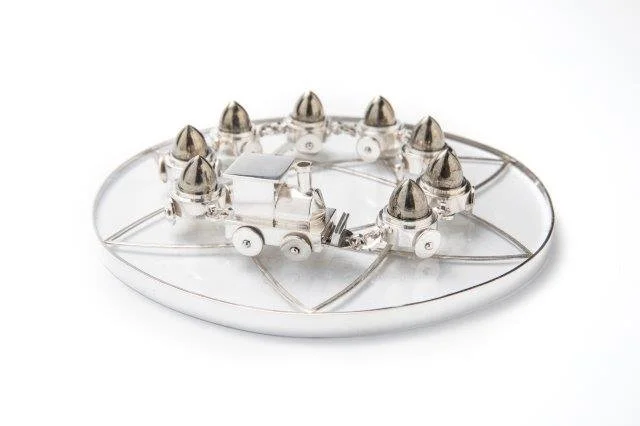
Bullet Train
Felieke van der Leest
-

-
Harry Arling
-
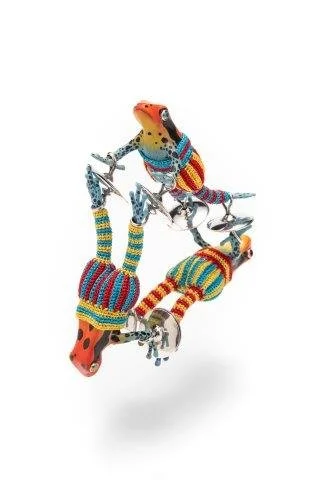
Cymbalinos
Felieke van der Leest
-
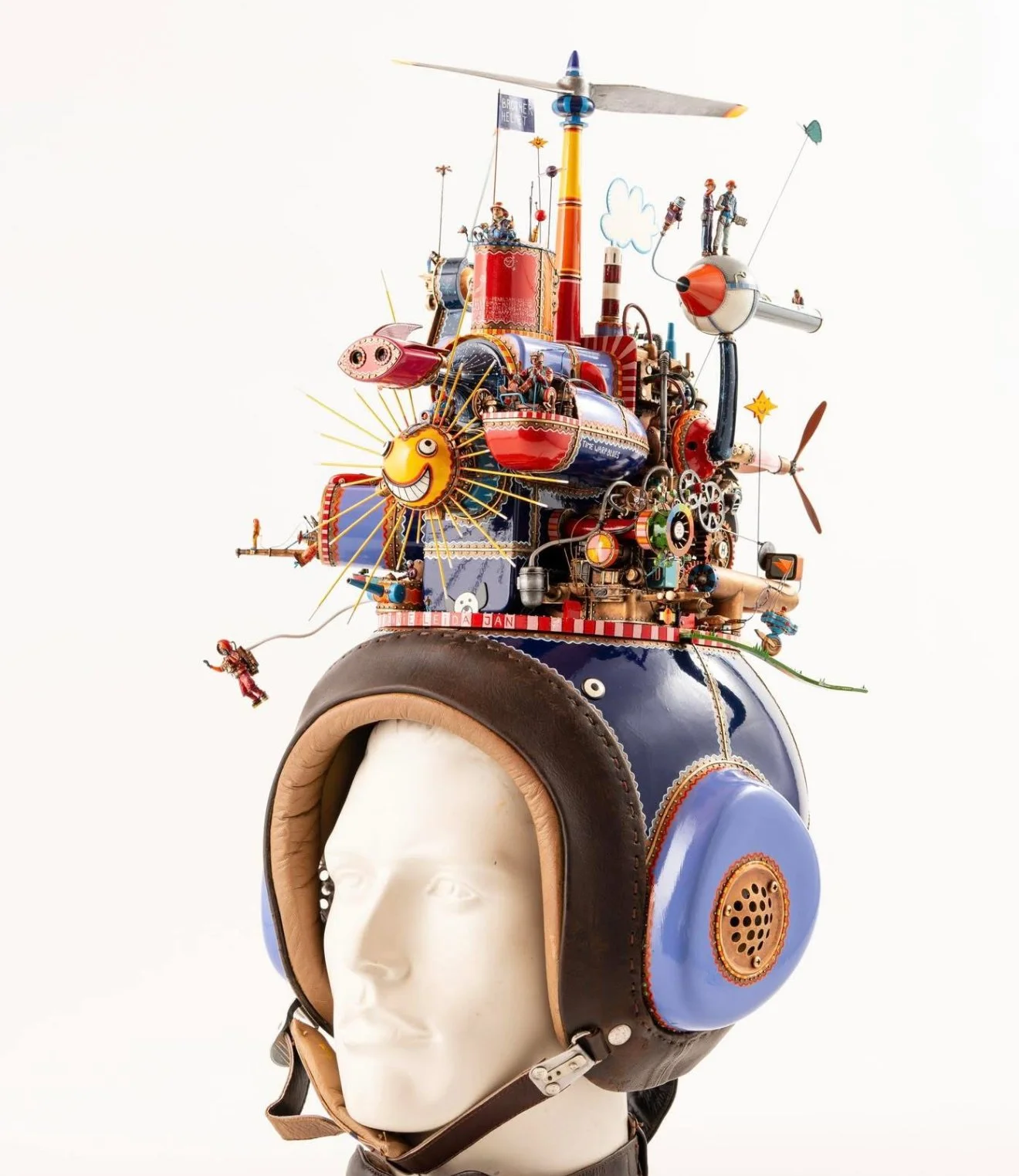
Broer Helm
Harry Arling
-
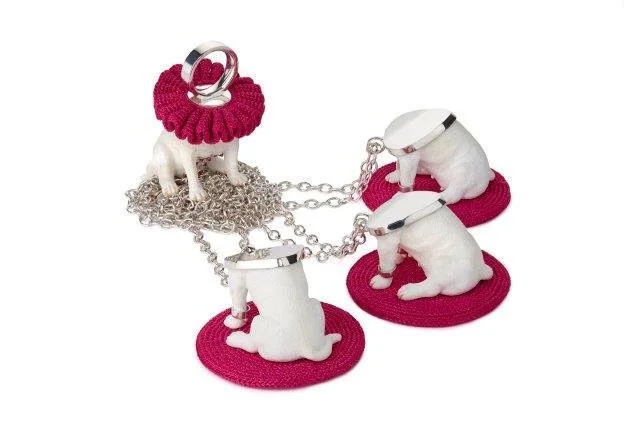
Group Dynamic I
(Bitchy B. & her D-Pendants) w List Item
Felieke van der Leest
Sometimes, when the world feels too loud, too fast, or too broken, our instinct is to turn inward. We scale down. We find solace in the small, the tactile, the familiar. This cocooning is a deeply human response — a way to seek comfort or playful escape. And in those moments, the weight on our shoulders eases. The noise recedes.
Microverses is an extraordinary exhibition that explores that very intimate space — imagination. The small, carefully crafted works of artists Harry Arling (Netherlands) and Felieke van der Leest (Netherlands, now based in Norway) transport us into alternate worlds built from fragments of our own.
Discarded plastic, forgotten toys, and machine parts are transformed into evocative, often humorous creations. But while the art may be whimsical, it is never naïve. These works dwell in worlds where delight masks defiance, and humour carries protest.
The Scale of Imagination
The term microverses isn’t just a playful coinage. It captures how both artists build entire imagined realms within the smallest possible frames. They beckon you to lean in, to look — and once you’re drawn close, something deeper unfolds.
Harry Arling’s Kosmotroniks — intricate, spacecraft-like sculptures built from salvaged plastics — seem to tell of a civilisation with hopeful dreams of escape. They are whimsical machines, with propellers, portholes, and antennae. But in that whimsy, there appears to be a quiet melancholy — perhaps of a utopia once imagined, but never quite realised.
Felieke van der Leest’s creations belong to a shifting cosmos: once known for her bejewelled, crocheted animal hybrids — lions in leisurewear, goldfish turned totems — her newer works continue to feature animals, but with different materials and moods. While her humour remains, so too does an evolving sense of reflection. Wood, silver, and found parts now share the stage with textile and plastic, suggesting that her ‘dressing up’ of the natural world has become a broader meditation — on transformation, memory, and emotional charge. Beneath the playfulness, her work increasingly carries a quiet intensity.
Can Play Then Be a Form of Protest?
Both artists work within the language of assemblage — combining found or repurposed materials into something wholly new. This is a tradition with deep roots in modern art history: from the dreamlike boxes of Joseph Cornell, to the protest-driven works of Betye Saar, to the layered poetry of Kurt Schwitters.
In their own ways, Arling and van der Leest are part of this lineage — blending memory, absurdity, and critique. But their works aren’t merely whimsically reassembled objects; they are artefacts charged with emotion. A bead, a cog, a plastic animal — things we might recall from childhood or stumble upon in a forgotten drawer.
To these artists, play is not frivolous — it is subversive. Their sculptures feel like relics of broken dreams or dreams in transition. They speak of invention, shadowed by ruin, and the urge to begin again. As if asking us to reconsider how we live, consume, and forget. As if suggesting, with subtle insistence, that memory, material, and attention are still essential — not just to art, but to how we choose to navigate change.
The Weight of Small Things
Microverses invites us to sit with the absurd. To marvel at detail. It lets humour draw us in — and then leaves us questioning. The message is mischievous, gentle, and deeply human.
Another lens for viewing this exhibition might be what we could call Future Relics. When you step back from Arling and van der Leest’s creations, imagine yourself as a future archaeologist, and these, the cultural fragments of past civilisations.
The speculative machines, surreal toys, odd hybrids that seem to carry meaning from a world no longer remembered — what might they say about us? That we were playful? That we turned to making when meaning was hard to find? That we built beauty from waste and laughed to keep from crying?
In this way, Microverses becomes more than a celebration of the small. It is a meditation on survival — cultural, emotional, environmental. The miniature becomes monumental. The imagined becomes a quiet stand against forgetting.
A Sense of Belonging
In a city shaped by a rich maritime past, magical light, and storytelling traditions, these floating worlds and watchful creatures feel especially at home in Bergen. There’s something distinctly Nordic in their tension: between whimsy and reflection, consumption and waste, reality and perception. They seem to echo something older — perhaps a local folktale or a cautionary fable. In a region where memory is often tied to landscape and tradition, this exhibition asks us to look at not the grand gestures, but the modest ones. Not just monuments, but microverses. Small worlds with big feelings, and strange creatures with something to say.
What Kind of World Are We Imagining Into Being?
Arling and van der Leest’s works reveal the magnitude of small things. They carry weight not in size, but in resonance. In them, we find reflections of our habits, our dreams, our failures — and also, perhaps, our better selves. The ones who still wonder. The ones who still make.
In a culture that often dismisses the decorative as trivial, their art is liberatingly joyful. Through humour, beauty, and craft, they remind us that making still matters. That attention still matters. And that especially now, in an increasingly anxious world, play might offer us a chance to pause — and reflect on our actions.
As both artists continue to evolve — they remind us that imagination, like protest, must remain unfinished.
Foto kreditering:
Eddo Hartmann:
2020 Hallelujah Devil Singers 1
2020 Hallelujah Devil Singers 2
2020 Scrotum Clamp - Jehovis & Baby Jehovis 1
2020 Scrotum Clamp - Jehovis & Baby Jehovis 2
2020 Scrotum Clamp - Scratchy 1
2020 Scrotum Clamp - Scratchy 5
2022 Piano Rabbit
2023 Cymbalinos - 3
2023 Cymbalinos - 4
2023 Foxy Phantom 1
2023 Foxy Phantom 2
Simon B. Armitt:
2024 - Group Dynamic II (Bull Master D. & Friends) 1
2024 - Group Dynamic II (Bull Master D. & Friends) 2
2024 Orca 5 & The Spiral Waves 1
2024 Orca 5 & The Spiral Waves 2
2024 Orca 5 & The Spiral Waves 3
